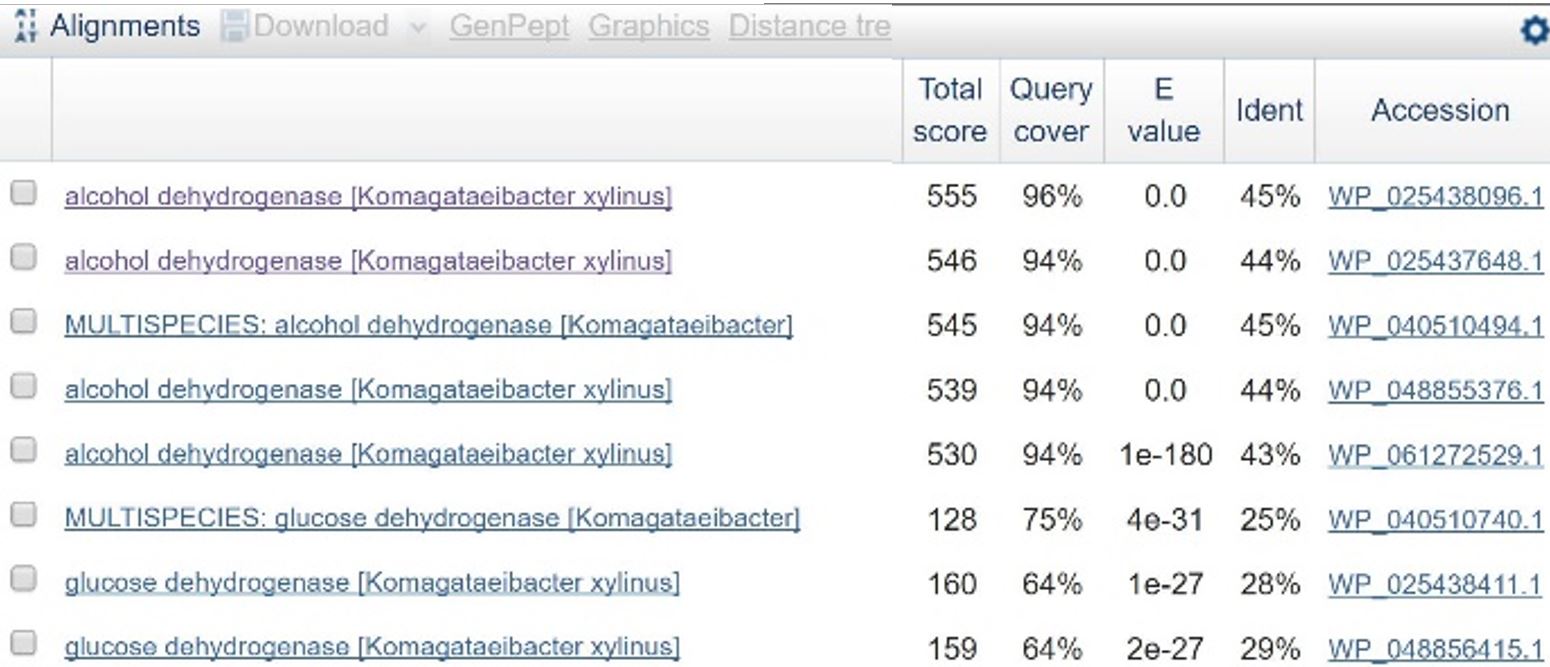| Line 2: | Line 2: | ||
<html> | <html> | ||
<head> | <head> | ||
| + | <style> | ||
| + | |||
| + | div.naviSection { | ||
| + | display:none; | ||
| + | } | ||
| + | |||
| + | </style> | ||
| + | <script> | ||
| + | function showOne(id) { | ||
| + | $(".naviSection:not(#id)").hide(); | ||
| + | $('#'+id).show(); | ||
| + | } | ||
| + | </script> | ||
</head> | </head> | ||
</body> | </body> | ||
| Line 32: | Line 45: | ||
<div class="column full_size" > | <div class="column full_size" > | ||
| − | + | <div class="naviSection" id="section1"> | |
<h2>Conjugation</h2> | <h2>Conjugation</h2> | ||
| Line 93: | Line 106: | ||
<p>We then picked isolated colonies and streaked them out onto LB+DAP plates. After using 16s sequencing on the potential transconjugants, we encountered an anomaly. Instead of amplifying the 16s gene, we recieved the sequence of the L,D Transpeptidase gene of <i> E. coli </i>. We plan on repeating the 16s procedure.</p> | <p>We then picked isolated colonies and streaked them out onto LB+DAP plates. After using 16s sequencing on the potential transconjugants, we encountered an anomaly. Instead of amplifying the 16s gene, we recieved the sequence of the L,D Transpeptidase gene of <i> E. coli </i>. We plan on repeating the 16s procedure.</p> | ||
<p> | <p> | ||
| + | </div> | ||
| + | |||
| + | <div class="naviSection" id="section2"> | ||
<h2>Ethanol Reduction</h2> | <h2>Ethanol Reduction</h2> | ||
<p> | <p> | ||
| Line 163: | Line 179: | ||
<img src="https://static.igem.org/mediawiki/2016/7/7d/T--Austin_UTexas--Conjugation2.png" alt="Conjugation2" style="width:80%;"> | <img src="https://static.igem.org/mediawiki/2016/7/7d/T--Austin_UTexas--Conjugation2.png" alt="Conjugation2" style="width:80%;"> | ||
| + | </div> | ||
| + | <div class="naviSection" id="section6"> | ||
<h2>pH Sensors</h2> | <h2>pH Sensors</h2> | ||
<div class="column full_size" > | <div class="column full_size" > | ||
| Line 190: | Line 208: | ||
<p> | <p> | ||
The P-atp2 promoter, native to the bacterium <i>Corynebacterium glutamicum</i> is reportedly induced at pH 7, to pH 9 (<a href="https://2015.igem.org/Team:BIT-China/Parts">BIT-China-2015</a> and <a href="http://parts.igem.org/Part:BBa_K1675021">BBa_K1675021</a>). Utilizing the blue chromoprotein (<a href="http://partsregistry.org/Part:BBa_K592009">BBa_K592009</a>), a test was designed in which a plasmid containing the P-atp2 promoter with the blue chromoprotein was grown alongside an <i>E. coli</i> line that contained a plasmid with just the blue chromoprotein. We expected to see constant blue chromoprotein production in the control series (those that lacked P-atp2) and a visual increase in blue chromoprotein as the pH was raised from 6 to 9 in the cells that contained the P-atp2 construct. | The P-atp2 promoter, native to the bacterium <i>Corynebacterium glutamicum</i> is reportedly induced at pH 7, to pH 9 (<a href="https://2015.igem.org/Team:BIT-China/Parts">BIT-China-2015</a> and <a href="http://parts.igem.org/Part:BBa_K1675021">BBa_K1675021</a>). Utilizing the blue chromoprotein (<a href="http://partsregistry.org/Part:BBa_K592009">BBa_K592009</a>), a test was designed in which a plasmid containing the P-atp2 promoter with the blue chromoprotein was grown alongside an <i>E. coli</i> line that contained a plasmid with just the blue chromoprotein. We expected to see constant blue chromoprotein production in the control series (those that lacked P-atp2) and a visual increase in blue chromoprotein as the pH was raised from 6 to 9 in the cells that contained the P-atp2 construct. | ||
| − | |||
<img src="https://static.igem.org/mediawiki/2016/4/46/T--Austin_UTexas--Patp2Results.png" alt="Patp2Results" style="width:80%;"> | <img src="https://static.igem.org/mediawiki/2016/4/46/T--Austin_UTexas--Patp2Results.png" alt="Patp2Results" style="width:80%;"> | ||
| − | + | </div> | |
| + | </div> | ||
<div class="column full_size" > | <div class="column full_size" > | ||
<p> | <p> | ||
Revision as of 21:47, 16 October 2016















